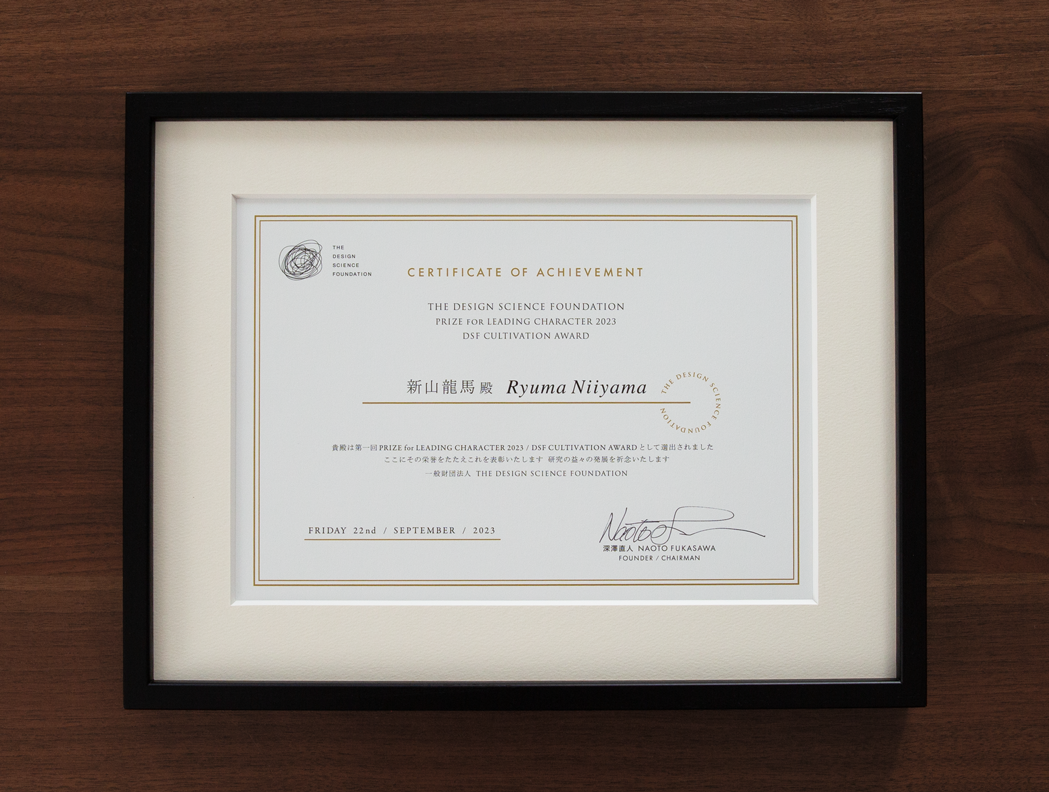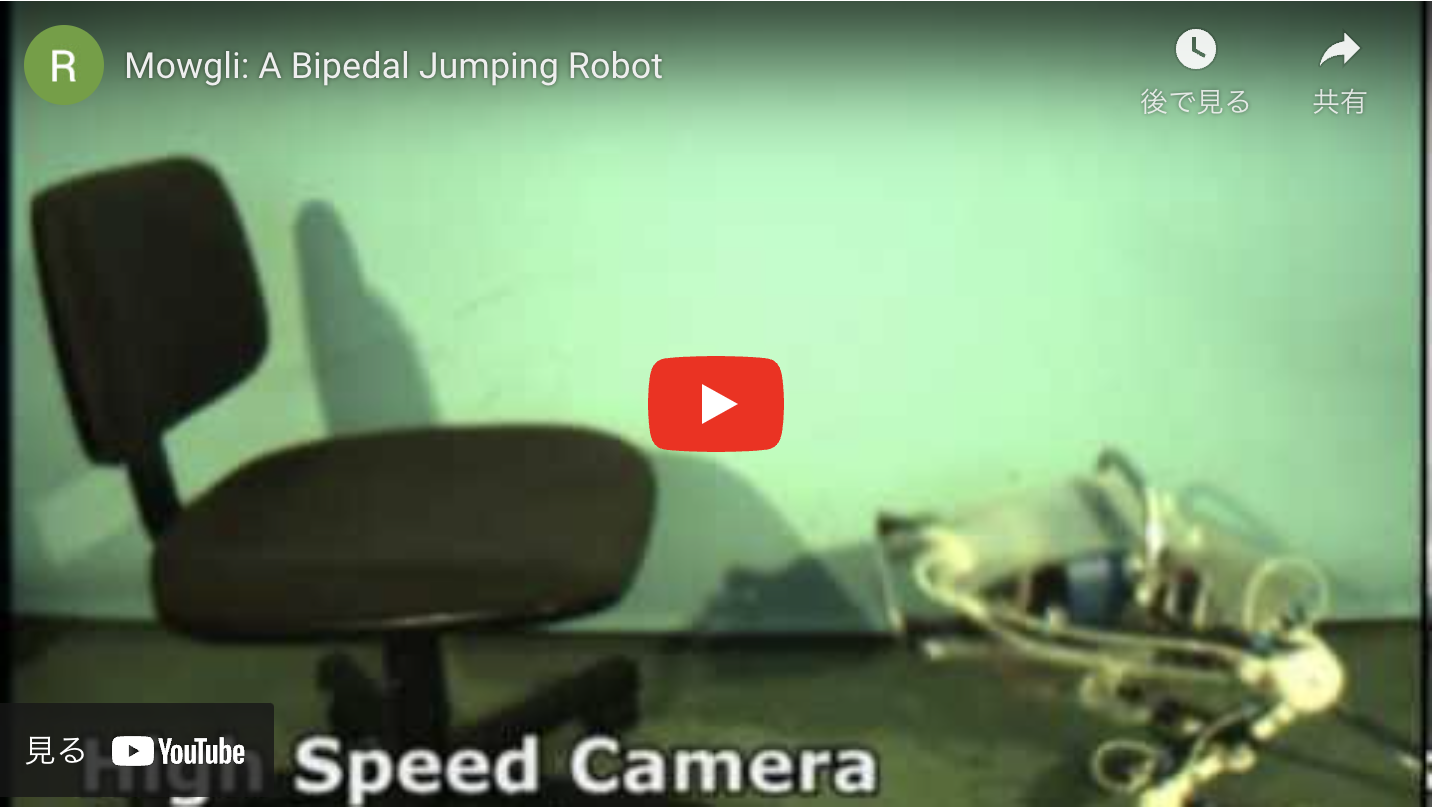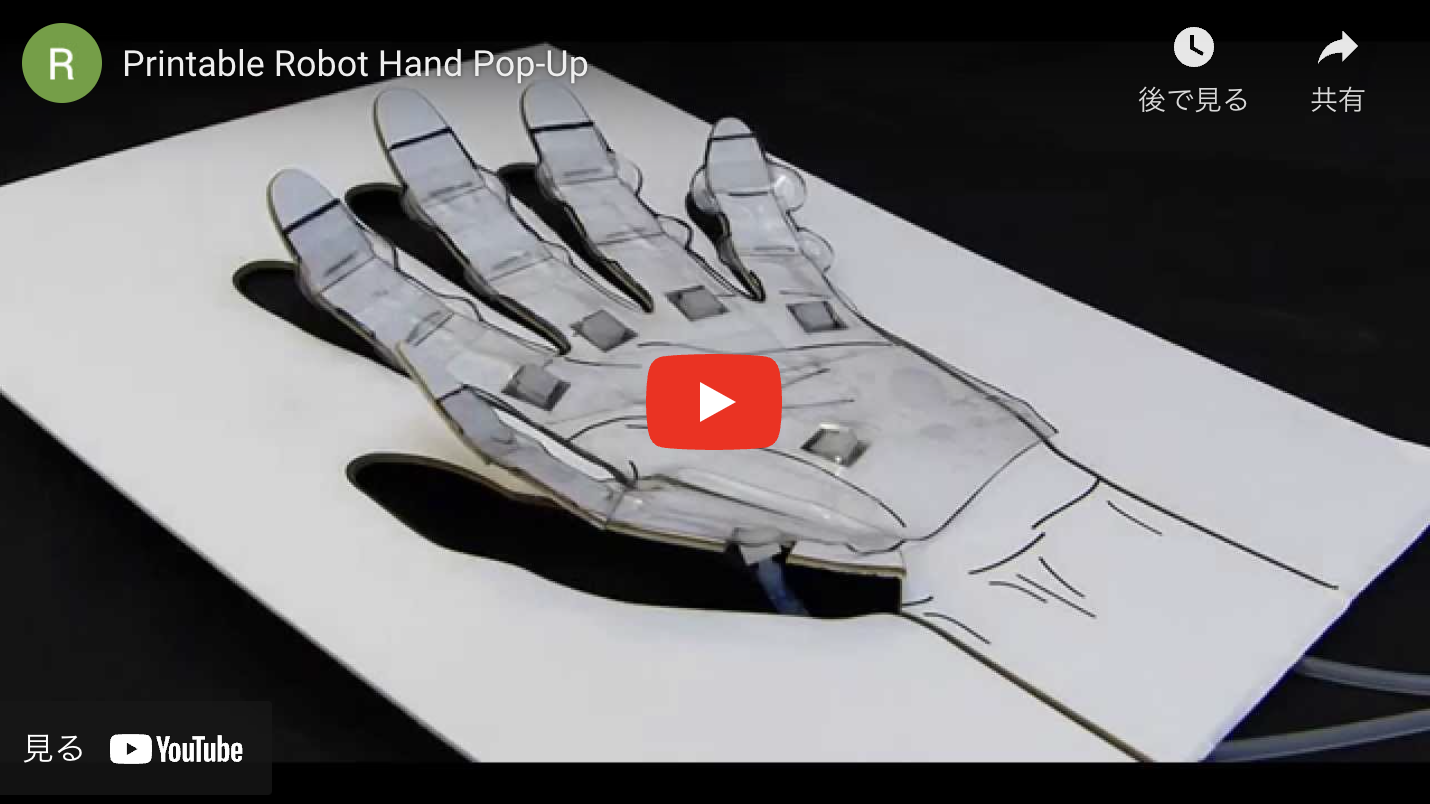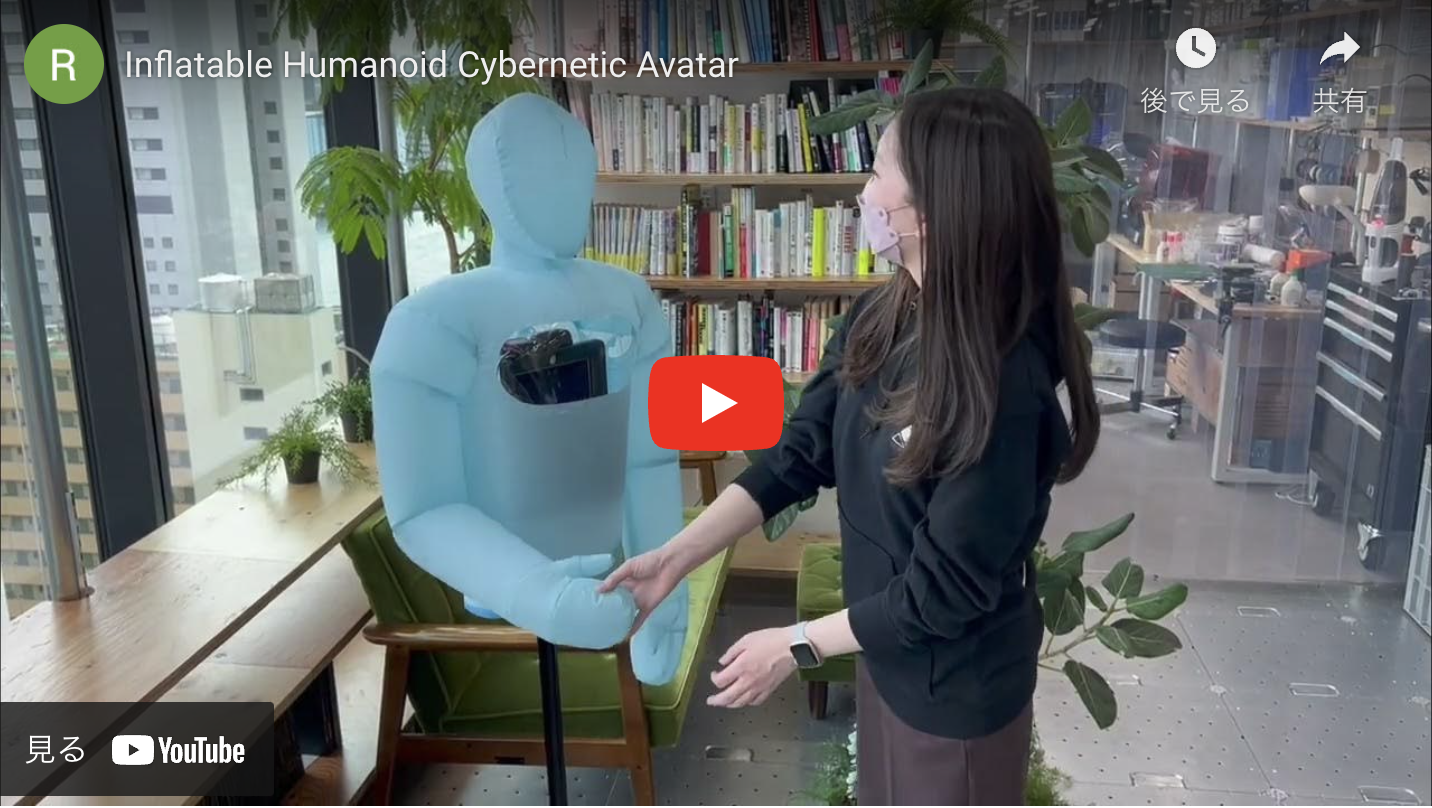DSF Cultivation Award
New creations are born from the connection between design and science.
By praising and supporting the protagonists who have produced these fruits, we aim to lead the world toward a beautiful one.
Selection Results
THE DESIGN SCIENCE FOUNDATION
PRIZE for LEADING CHARACTER 2023
DSF CULTIVATION AWARD
Dr. Ryuma Niiyama
Robotics Researcher
Summary of Activities
He has doubts about the image of rigid metal robots, so he has been exploring the way of being a life-like machine. His activities mainly belong to the academic domain of soft robotics, a field related to robotic systems utilizing flexible materials. Robots are rigid because they have no flesh or skin. In the case of animals, flesh is the muscle which is the source of power. He found it intriguing that the muscular organs, that is body’s functional element for movement, shapes the body itself, leading him to develop numerous muscle-bone robots powered by artificial muscles. The jumping and running robots he developed have suggested that the design of mammalian bodies, including that of humans, is well-suited for quick and flexible movement.
A robot can also be considered as a “computer with a body,” and is an entity that connects the world of information to the real world. Soft robots are special objects that can be programmed to transform. Using these facts, he has also conducted research on tangible (perceptible by touch) computer interfaces and tele-operated avatar robots, applying soft robotics.
In recent years, he has been researching lightweight robots using balloon structures and membrane structures referred to as inflatable robots. This is, so to speak, a robot consisting solely of ‘skin’ without bones or flesh.
In his single-authored book, “Yawarakai Robot (Soft Robots)” (KANEKOSHOBO, 2018), he discussed new developments in robotics based on softness, referring to the various forms of the body, from mollusks to humans.
From The Jury,
I felt a sense of life when I saw a walking robot that he made collapse from its knees when it fell. Ryuma Niiyama understands that his research aims at not just precise walking but also the fact that every motion manifest as expressions of the entity. This physical expression is the essence of human communication, and DESIGN SCIENCE.
Soft robots refer to ones that incorporate the concept of muscular movement without a drive unit in their bodies and are created on the basis of this idea. The strategy of not using a driving device is the same way as the human body and living organisms, and he thinks of matters based on the idea of harmonizing with the forces of nature by uniting with it. Passive dynamics, which means moving by gaining power from the surrounding environment, is the exact idea of affordance. The research from this point of view is sure to play an important role in sustaining the global environment in the future.
The idea that the interaction between the organism and the environment, in which the organism uses forces from the environment to live, would result in the existence of a robot, was very hopeful and relieving.
https://www.meiji.ac.jp/sst/grad/teacher/
THE DESIGN SCIENCE FOUNDATION
PRIZE for LEADING CHARACTER 2023
Jury’s Special Award for creating peaceful platforms
Mr. Takashi Mifune
Takashi Mifune provides illustrations free of charge on the website “Irasutoya.” The site offers a diverse collection of cute and heartwarming illustrations. These illustrations can be used by individuals, corporations, commercial or non-commercial, and are widely used in eating places, television programs, hospitals, and even in public institutions such as government offices.
From The Jury,
“Irasutoya” depicts events.
Events are transformations of the layout of things and people, caused by complex forces. In events, collisions between layouts, flexible changes, and rearrangements of fine textures known as expressions are occurring. And there is a beginning and an end.
We are always observing these things happening at the same time. Observing events is the center of our consciousness.
Irasutoya shows the group of “ordinary” in everyday life as a gathering of events. It presents the entire category by adding variations that cannot be disregard to the “ordinary” collection that everyone knows.
Therefore, the range of ordinary life in Irasutoya, depicted as cute characters whose personalities are masked by their facial expressions, is quite broad. Events still unseen can be found in all categories. This shows the persistently trained observing skills of Irasutoya.
The all events that line up in each group are events that are at the “center” of the group. However, there are always surprising illustrations that makes someone wonder, “Is this even an event at the center of everyday life?” The events are so ordinary that we can discover the meaning of events that we have forgotten.
Irasutoya is practicing “everyday design science” in the way it creates these types of sets. These things illuminate the layout of the daily life.
One new experiment of design science can be found here.
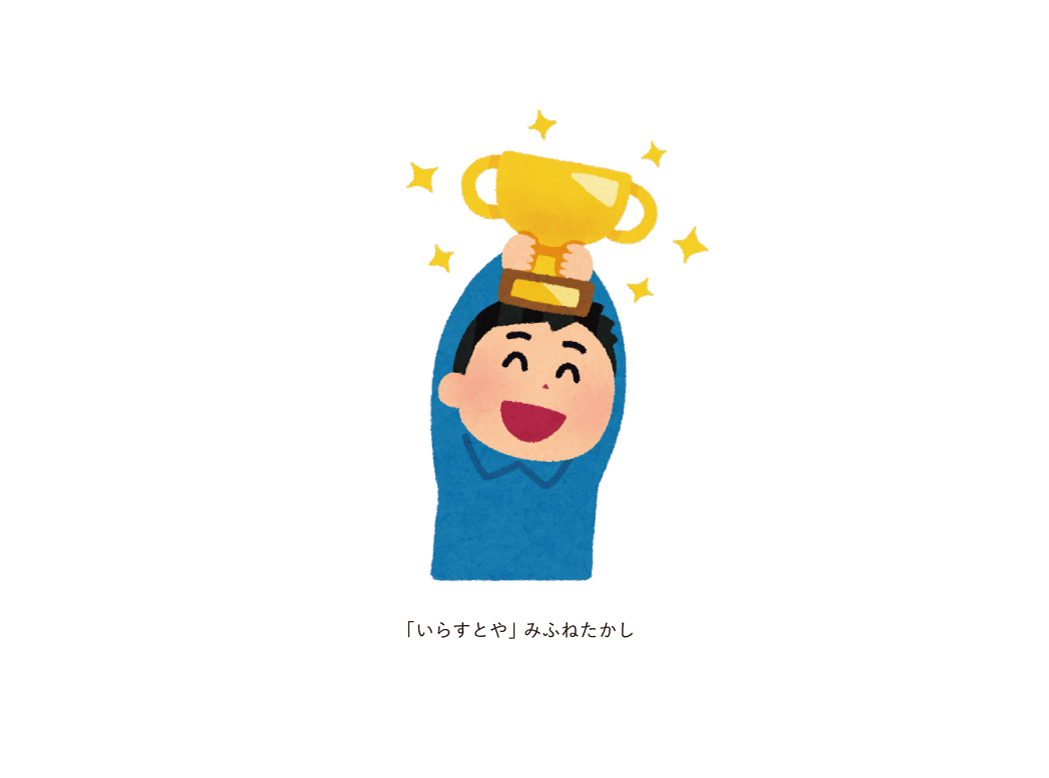
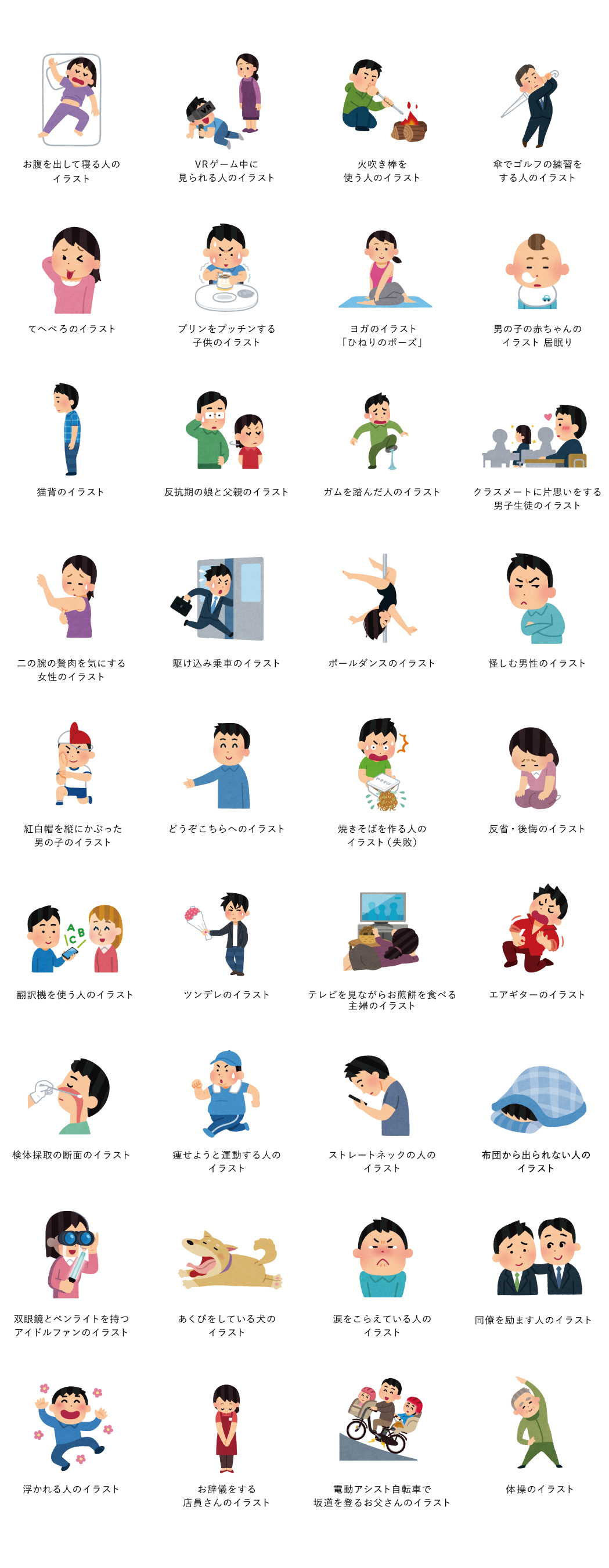
Selection Committee Member
Naoto Fukasawa, Masato Sasaki, Kaoru Mende, Katsuhiko Kushi, Nobutaka Matsuo, Katsuyuki Toritani, and Yugo Nakamura.

